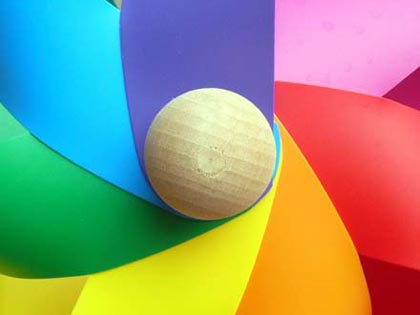When you’re considering a significant furniture investment, you’ll find that leather sofas stand apart from their fabric counterparts in both longevity and value. While the initial cost might give you pause, understanding the 15-20 year lifespan of quality leather upholstery puts this purchase in perspective. You’ll discover that genuine leather’s ability to age gracefully, developing a rich patina over time, makes it more than just furniture—it’s an investment that appreciates in character as the years pass.
Understanding Quality Leather: Types and Grades Explained
While many factors influence a leather sofa’s longevity, understanding leather quality and grades is crucial for making an informed purchase. You’ll encounter full-grain leather, which retains the hide’s natural markings, top-grain leather that’s been sanded for uniformity, and split leather from the hide’s lower layers. The highest grades offer superior durability, while lower grades may require more frequent replacement.
The Cost-Benefit Analysis of Leather vs. Fabric Sofas
Although leather sofas typically cost 30-50% more upfront than their fabric counterparts, they’ll often prove more economical over time due to their extended lifespan. While fabric sofas generally last 5-7 years, quality leather pieces can endure 15-20 years. You’ll also save on maintenance, as leather requires minimal cleaning and resists stains better than fabric, reducing long-term care expenses.
Proper Care and Maintenance for Long-Term Beauty
To maximize your leather sofa’s impressive lifespan and protect your investment, regular maintenance becomes a natural part of ownership. Clean spills immediately with a dry cloth, vacuum weekly to prevent dirt accumulation, and condition the leather every 6-12 months. Keep your sofa away from direct sunlight and heat sources, and don’t forget to blot—never rub—when treating stains.
Signs of a Well-Made Leather Sofa Worth the Investment
Since quality leather sofas represent a significant investment, knowing how to identify superior craftsmanship can save you from costly mistakes. Look for full-grain leather with consistent dye application, hand-stitched seams, and kiln-dried hardwood frames. You’ll also want to check for eight-way hand-tied springs, reinforced corners, and high-density foam cushioning wrapped in down feathers.
